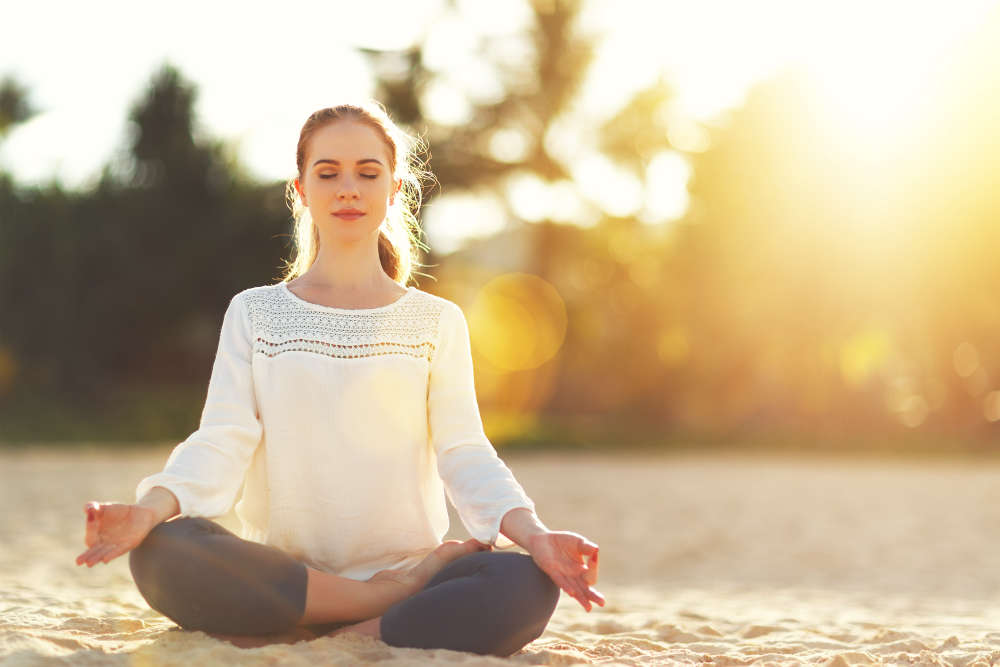
In the whirlwind of life's responsibilities — from career pressures to family commitments — the art of self-care often takes a backseat. However, for women navigating the transformative years between 35 and 55, setting aside moments for personal well-being becomes imperative. Among the various self-care techniques, meditation stands out as a beacon of calm and introspection. Here's a beginner-friendly guide to embrace meditation and enhance your self-care routine:
1. Start with the Basics: Finding Your "Why"
Understand Your Motivation: Before diving into meditation, reflect on why you want to meditate. Is it for stress relief? Greater clarity? Emotional healing? Recognizing your "why" will anchor your practice and make it more meaningful.
The Right Spot: Designate a tranquil space in your home for meditation. It doesn’t have to be extravagant—a comfortable chair or cushion in a quiet corner will do. The familiarity of a dedicated space can act as a trigger, signaling your mind that it's time to wind down.
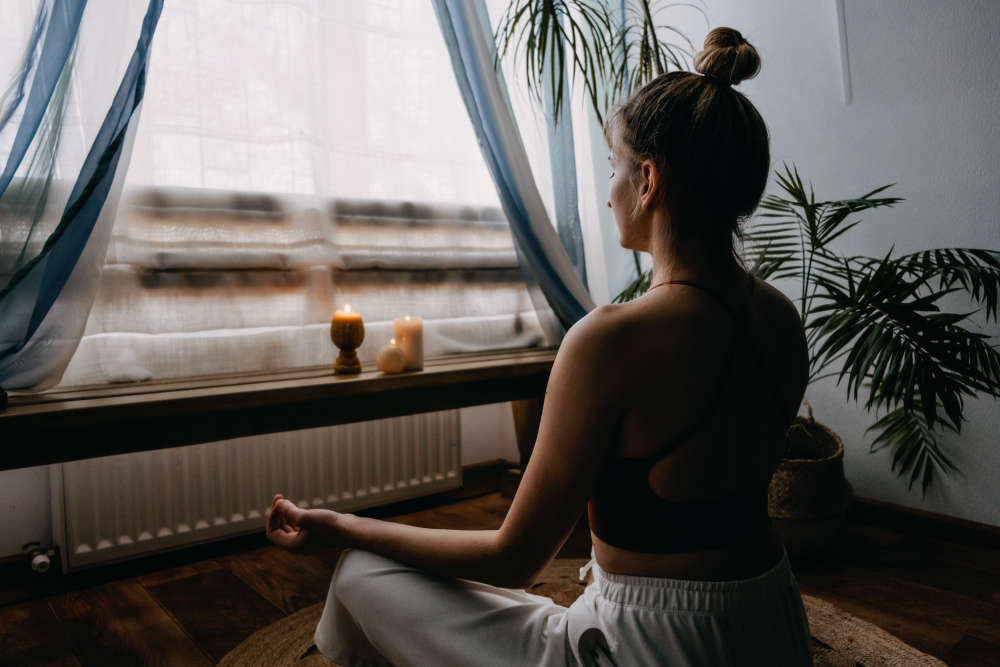
2. Guided Meditations: Let Experts Lead the Way
Diving into meditation can feel overwhelming at first. Guided meditations, available on various apps and websites, can be a boon for beginners. Led by experts, these sessions often incorporate calming music, gentle instructions, and visualization techniques, ensuring you stay focused and engaged.
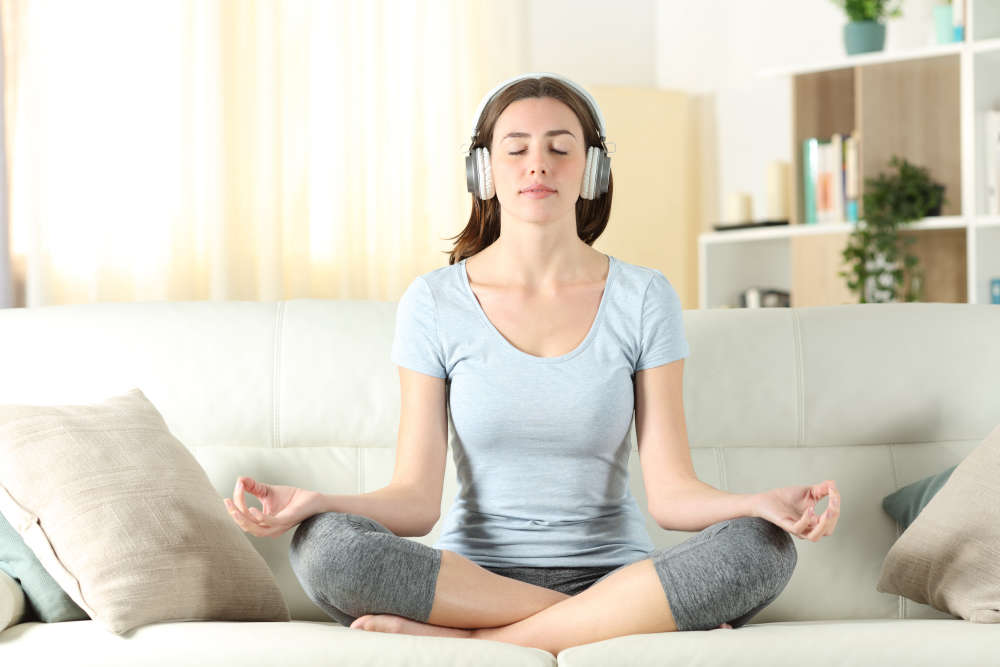
3. Embrace Breath Awareness: The Anchor of Meditation
Breathing is the life force, and in meditation, it becomes a powerful anchor.
Simple Breathing Exercise: Close your eyes and take a deep breath through your nose, allowing your chest and belly to rise. Exhale slowly through your mouth, feeling any tension melt away. This technique not only centers your mind but also releases physical stress.
Progress to Observing: As you become more accustomed, transition from controlled breathing to merely observing your breath. Notice the natural rhythm without altering it. This observational stance fosters mindfulness.

4. Manage Expectations: It’s a Journey, Not a Destination
One common misconception about meditation is that you must achieve a blank mind. In reality, thoughts will wander in and out—that’s entirely natural.
Acknowledge and Let Go: When a thought emerges, acknowledge it without judgment and gently redirect your focus back to your breath or the guided voice. Over time, this practice will train your mind to become less reactive and more peaceful.
Set Realistic Goals: Begin with short sessions, maybe 5 minutes daily, and gradually increase the duration as you become more comfortable.

5. Integrate Meditation into Daily Activities
Meditation doesn't always require a dedicated session. It’s a mindset that can be incorporated into everyday tasks.
Walking Meditation: Next time you're walking, even if it's just around your home or office, be fully present. Feel the ground beneath your feet, the rhythm of your steps, and the air against your skin.
Mindful Eating: Instead of rushing through meals, savor every bite. Notice the texture, flavor, and aroma of your food. This not only enhances the dining experience but also fosters gratitude for the nourishment provided.

In conclusion, meditation is more than just a trendy self-care practice—it's a transformative tool tailored for women journeying through midlife. Whether you’re grappling with the challenges of an evolving career, the emotional nuances of an empty nest, or the introspection that comes with aging, meditation offers solace and balance. As you embark on this journey, remember that every moment spent in meditation, regardless of perceived "success" or "failure", is a step towards a more centered, peaceful, and mindful you.

 Home Style: Colourful New Life
Home Style: Colourful New Life
 Money Matters: Release Reality
Money Matters: Release Reality
 World Listening Day 2024: Learning to Listen to our Environment
World Listening Day 2024: Learning to Listen to our Environment
 Spotlight Events: What's On in July 2024
Spotlight Events: What's On in July 2024
 RSPCA Celebrates 200 Years
RSPCA Celebrates 200 Years
 Be Well, Move Happy: Learning a New Skill and Water Sports
Be Well, Move Happy: Learning a New Skill and Water Sports
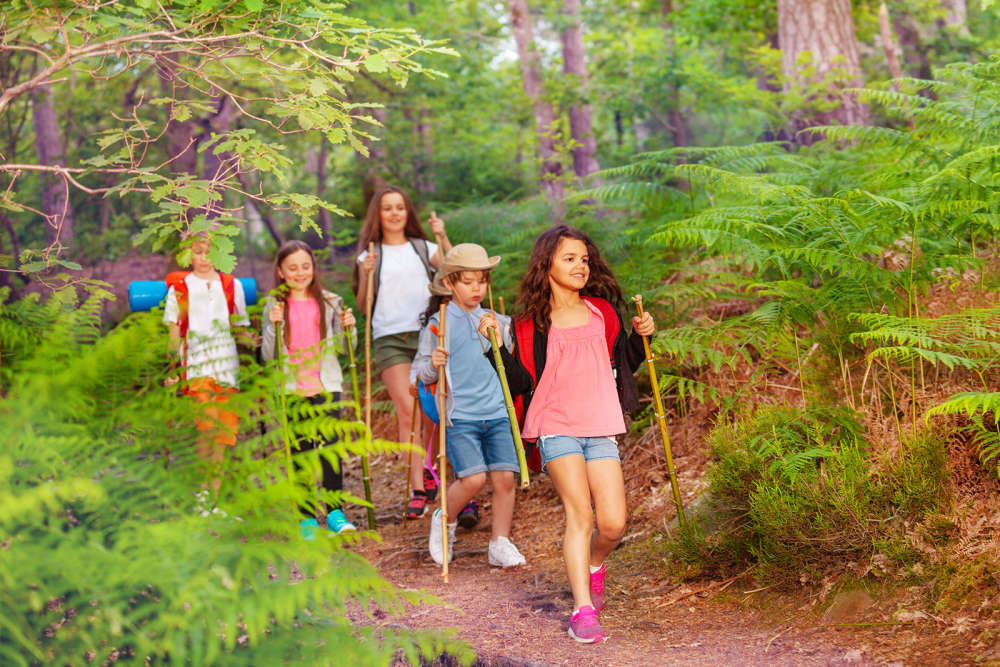 10 Ideas for a Screen-Free Summer
10 Ideas for a Screen-Free Summer
 Home Style: Bold Type
Home Style: Bold Type
 What to Watch in July 2024
What to Watch in July 2024
 The Exciting Appeal of the Beach Holiday
The Exciting Appeal of the Beach Holiday
 "I quite like to end up with a setlist that involves a catalogue of human misery..." Nish Kumar on his return to stand-up comedy
"I quite like to end up with a setlist that involves a catalogue of human misery..." Nish Kumar on his return to stand-up comedy
 Money Matters: The Revenue Generation
Money Matters: The Revenue Generation
 Home Style: A Better Way of Life
Home Style: A Better Way of Life
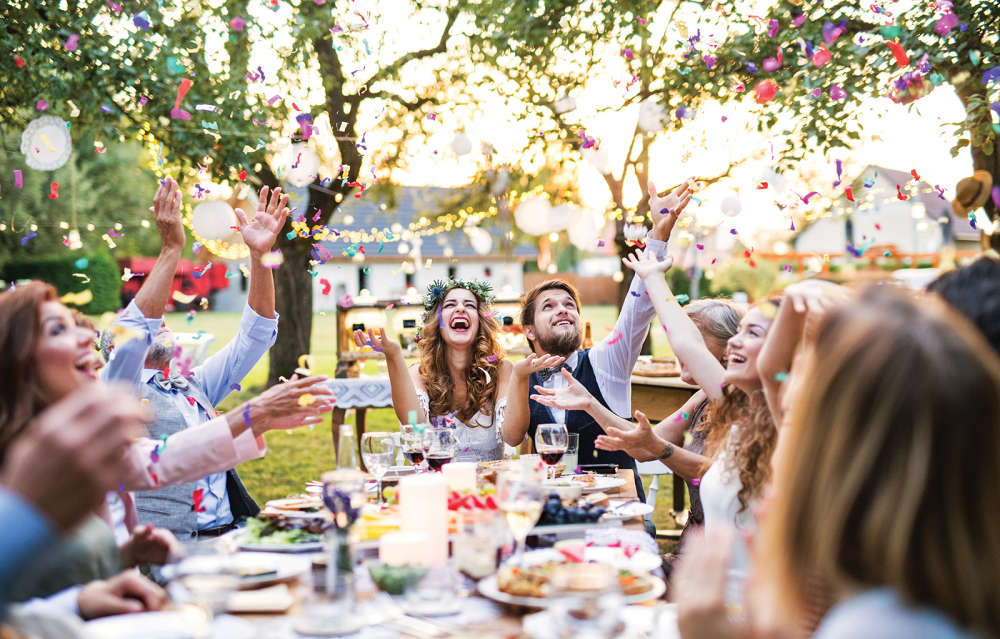 Weddings: The Food of Love
Weddings: The Food of Love
 Vino, Vidi, Vici: The Vineyards, Breweries & Distilleries of Sussex
Vino, Vidi, Vici: The Vineyards, Breweries & Distilleries of Sussex
 Homes Extra: Digging a Design
Homes Extra: Digging a Design
 Listening to Nature: Meet the people behind the Ashdown Forest podcast
Listening to Nature: Meet the people behind the Ashdown Forest podcast
 Home Style: Tales from the Mill
Home Style: Tales from the Mill
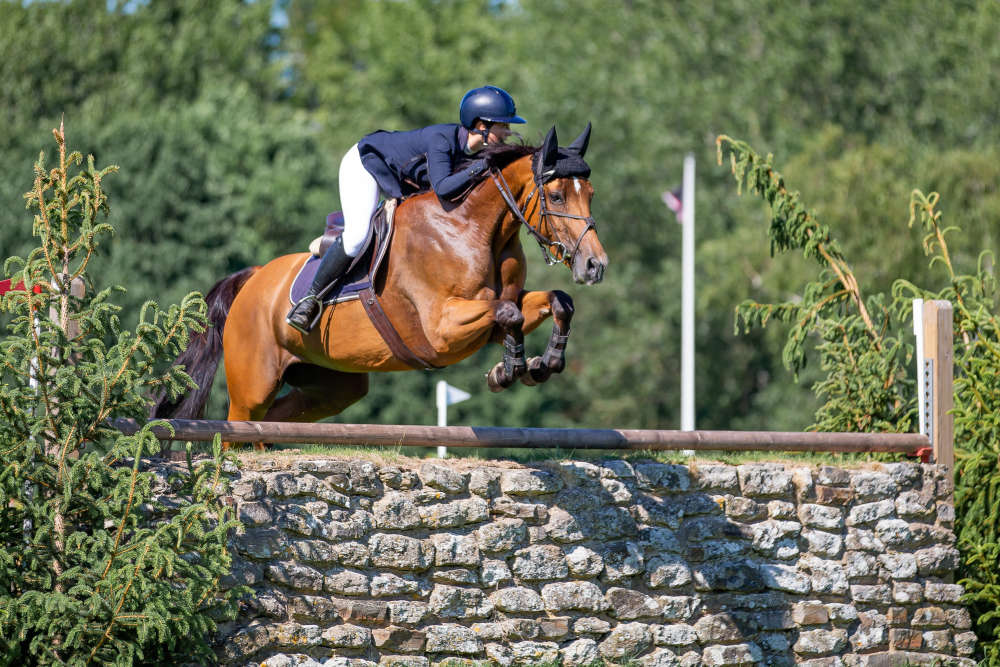 SPECIAL OFFER: General Admission Tickets To The Al Shira’aa Hickstead Derby Meeting
SPECIAL OFFER: General Admission Tickets To The Al Shira’aa Hickstead Derby Meeting
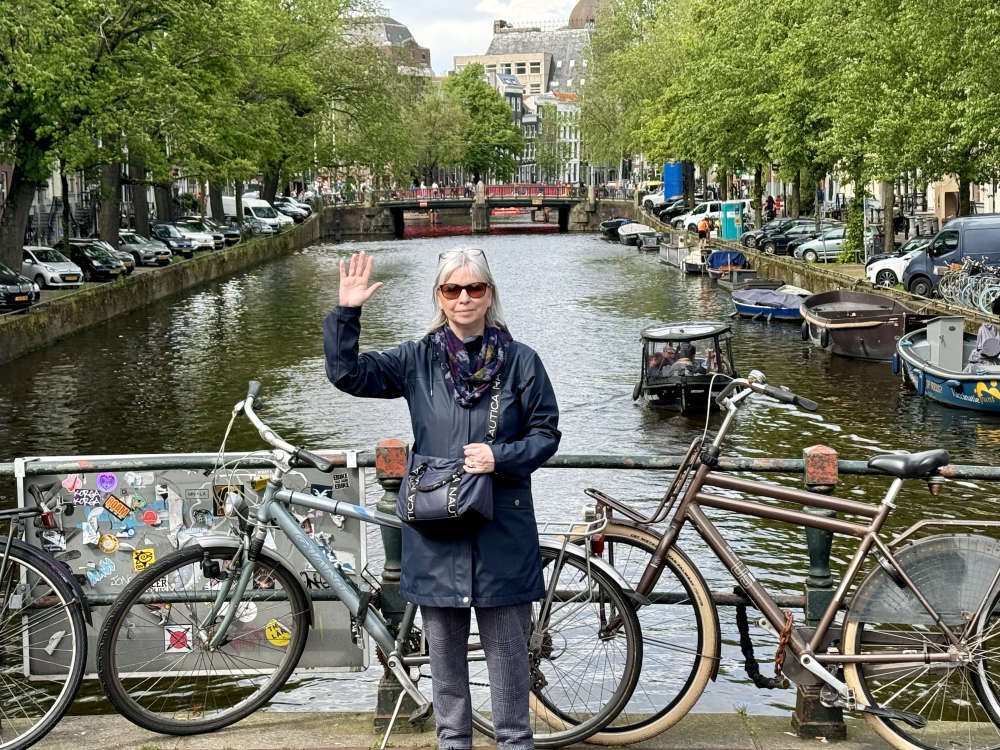 A Gourmet Escape on the Eurostar: London to Amsterdam with Culinary Delights in Almere
A Gourmet Escape on the Eurostar: London to Amsterdam with Culinary Delights in Almere